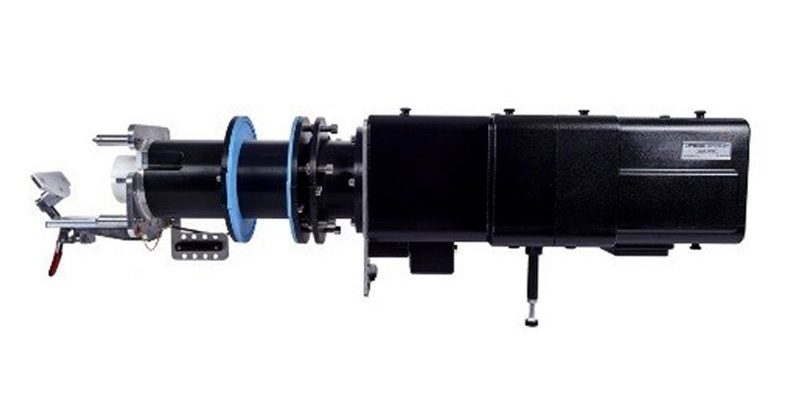Optimizing Design in Auto and Aero with 3D Printed Jigs & Fixtures
Manufacturing
Producing testing equipment that is efficient, flexible and highly accurate for industries such as aerospace, defense, and automotive are imperative to staying competitive. This is why companies such as Rolls Royce, Siemens, and BAE Systems rely on specialized jigs and fixture components that are 3D printed in order to produce testing equipment regularly and with ease.
Peak Production Equipment Ltd, a UK manufacturer of testing equipment covers all the bases with test boxes, test racks, and other systems that are meant to identify weaknesses and safety concerns during the product design cycle. Adopting Stratasys’ 3D printing solutions has helped them create customized jigs and fixtures for manufacturing and enable them to to products parts in 90% less time and at 50% less cost compared to the equivalent CNC-machined parts. This boost in efficiency and productivity has allowed them to meet the most aggressive turnaround times requested by their customers.

Using Nylon 12 and ABS 3D printing materials, Peak Production’s jigs and fixture parts come out with the strength comparable to CNC-machined tools. The strong mechanical properties have been vital for producing parts that are used directly on the production line to test and assemble complex geometries for aerospace and automotive industries.
“We purchased our Stratasys Fortus 3D Printer 18 months ago and since then it has been running 24/7, including nights, holidays and weekends,” explains Richard Bushell, Peak Production’s Group Managing Director. He adds, “3D printing offers us a new level of flexibility and versatility when it comes to production. We can 3D print complex tools of different sizes and materials on-demand in a fraction of the time, compared to traditional CNC tooling. We’ve also cut down on a number of manual processes, saving operator and labour hours which can now be redistributed elsewhere in the company- increasing our overall efficiency.”
If you have any questions regarding these additive manufacturing technologies, please feel free to contact one of our experts.

